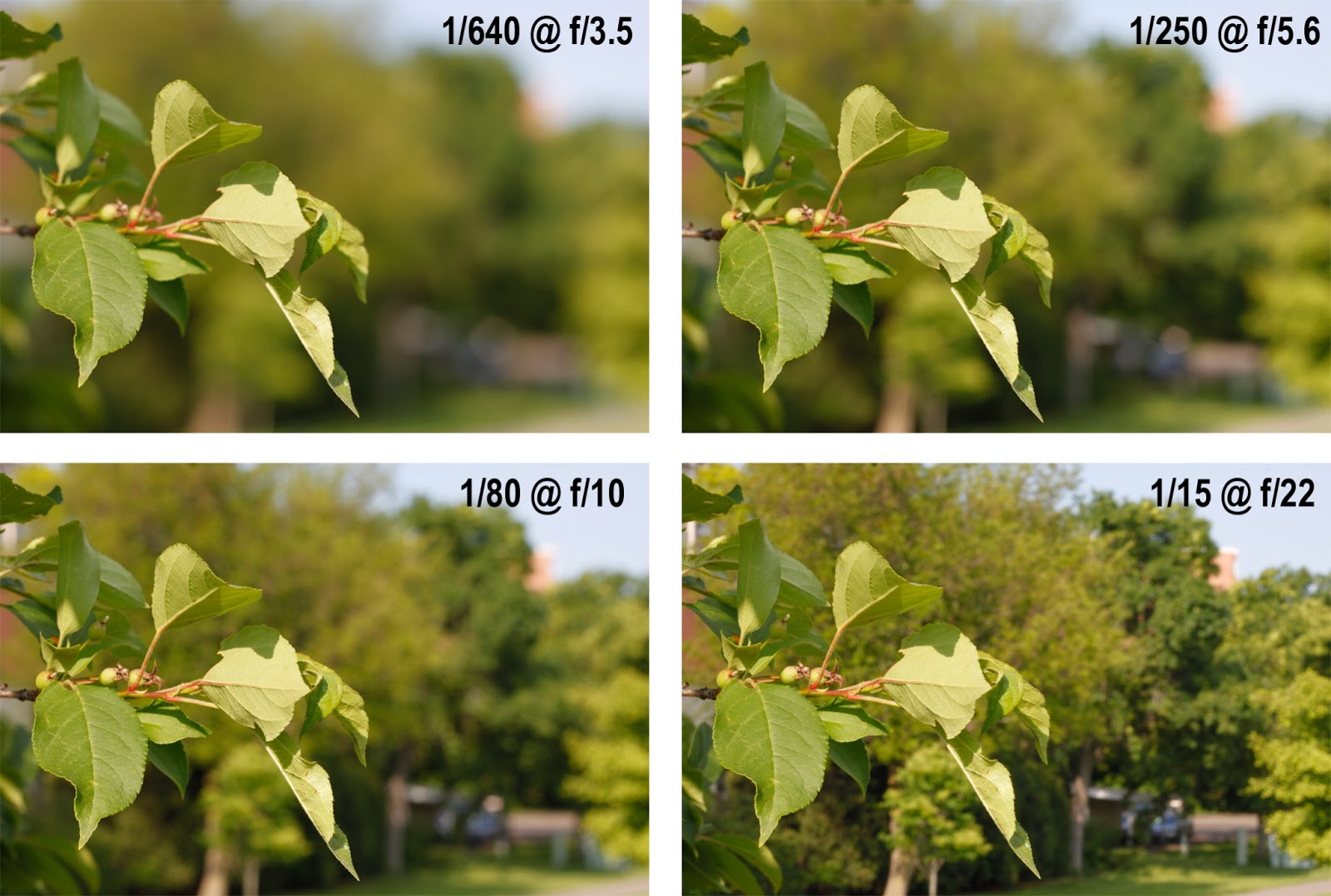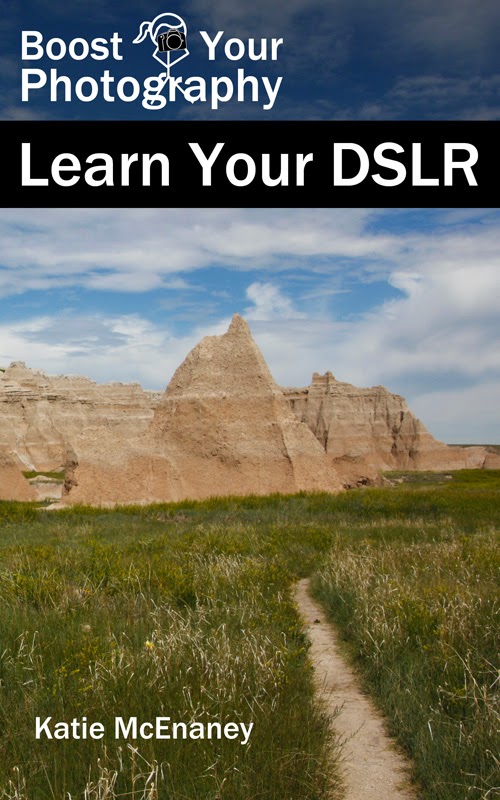
Depth of subject refers to the location of your photograph that is in consciousness. Depth of discipline can range from having a totally skinny sliver of your subject in-attention to a completely expansive cognizance that covers everything to your whole picture. Many photographers apprehend that aperture affects the intensity of area to your photograph, however there are different critical considerations as well.
Join in! Depth of subject is this week's topic for theBoost Your Photography: fifty two Weeks Challenge.
Depth of Field and Aperture
Yes, changing the aperture of your lens will have an immediate and observable impact on the depth of field of your photograph.The wider your aperture, the narrower your depth of subject. So, capturing with huge aperture values, in the variety of f/1.8 to f/3.5 will result in an picture with a narrow phase of your subject in cognizance and lots of the background out of consciousness. (Read greater about What an Aperture of F/1.Eight Can Do for You.)

Conversely, the narrower your aperture, the broader your intensity of discipline. So, taking pictures with slim aperture values, inside the variety of f/18 to f/22 will bring about an picture with all of your challenge and much (or maximum) of the background in awareness. (Read more about What an Aperture of F/22 Can Do for You.)
The four photographs in the series above were all taken from the exact location, with the camera on a tripod. You can clearly see how the background trees change from being blurry greenness with the wide aperture to nearly in-focus trees at the narrow aperture. This relationship between depth of field and aperture holds true, provided that you and your subject remain in the same place. If either you or your subject moves position, then there are two additional factors that affect depth of field.
Depth of Field, Distance, and Focal Length
Depth of field also varies depending on the distance between the photographer and the subject, and it will also vary depending on the focal length of lens used. The closer you are physically to your subject, the narrower the depth of field will be. (This is why, for example, you can shoot a far-away landscape or cityscape and have everything in the distant scene appear in focus even when using a mid-range aperture like f/11.)
This assessment demonstrates the relationship among depth of discipline and both focal duration and distance. Each photograph was composed identically in order to preserve the scarecrow version inside the identical region relative to the rest of the composition. Starting right up close to the scarecrow for the 18 mm shot, I needed to again up a few steps for every next focal length so that you can preserve the composition the same. (You can see different examples of this in the article on Photographing Architecture: watch your strains and Zooming vs. Cropping: perspective in pictures.)
Each of those photos become enthusiastic about a consistent aperture (f/6.Three), however you could see that the powerful intensity of subject modifications dramatically. The longer the zoom used, the narrower the depth of area, and the more the bushes inside the distance become in reality blur and coloration. The subject of view also narrows dramatically: the background of the 270 mm shot is reduced to simplest one of the trees, as compared to three whole trees inside the 35 mm shot or a veritable wooded area within the 18 mm shot. This simplifies the historical past fantastically, drawing the attention towards our challenge rather than being distracted by using the background.
Depth of Field and Background Distance
This off-center image shows the setup used for the series above. The scarecrow is about five ft far from the green tree, while the alternative trees are at a significant distance. This illustrates a final point approximately intensity of discipline: if you need a blurred background, you may supply your self a hand by way of positioning your challenge farther away from the historical past.
Look once more on the collection of images, and be aware of the green tree. You will note that the depth of field is still extensive enough to embody the inexperienced tree this is simply at the back of the scarecrow, even at the longest focal duration. Only an excessive quantity of aperture or focal duration is going so that you can turn a close-by historical past into bokeh or blur. Make it smooth on your self. If you need a blurred heritage, then maintain your issue farther far from it.
Apply It: Depth of Field
Give it a try. Pick a subject and shoot a comparative series of shots, like the ones above, and see how much your depth of field changes as you use a longer focal length and get farther away from your subject. Or, shoot a series of shots at the same focal length and aperture, but move yourself and your subject farther and farther away from the background. See what distance gives you a look that you like.Looking to shoot a bokehlicious portrait with a blurry out-of-focus background? If you do no longer have a top lens with a extensive aperture (just like the 50 mm f/1.Eight, read extra right here), use your zoom lens. Try the shot with a longer focal length, preserve the background far from your problem, and spot what you may do.
Want a very last reminder? Check out this chart on intensity of field by way of Digital Camera World. Click at the pin to see the authentic submit and chart.
How do you use depth of field? Share a link or a photograph in the comments below, or consider joining the BYP 52 Weeks Google+ Community to share your weekly photograph and see what others are capturing.

Boost Your Photography: Learn Your DSLR is now available from Amazon. Get the maximum out of your digital camera with sensible recommendation about the technical and innovative elements of DSLR photography so as to have you taking stunning snap shots proper away.

No comments:
Post a Comment